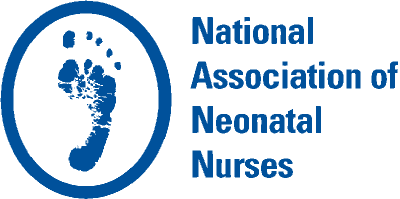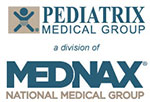NANNP Corner
What Do All Those Acronyms Mean?
Lee Shirland, MS APRN NNP-BC, NAPS Co-Coordinator, NANNP Council Chair
In the neonatal world we use acronyms such as RDS, BPD, ROP, and NEC every day. We know immediately what these acronyms represent and what interventions are needed relating to each condition. In discussions about the Doctorate of Nursing Practice (DNP) as entry into advanced practice registered nursing (APRN), acronyms such as NONPF, NTF, CCNE, and AACN readily come up. These are national bodies that make decisions related to nursing education in general and have an impact on APRN education in particular.
If you attend the APRN Summit at the upcoming NANN Annual Conference in Anaheim, CA, you will hear these acronyms in discussions regarding the DNP as entry into practice, the impact of the decision on the neonatal nurse practitioner, and NANNP’s response to this development in nursing education. To facilitate these discussions and questions to NANNP leaders, this article will expand on some of the most commonly used acronyms in conversations relating to the DNP as entry into practice and will explain each organization’s role in pushing for this new nursing education requirement.
Let’s start with the National Organization of Nurse Practitioner Faculties (NONPF). NONPF’s mission statement is to be the leader in quality nurse practitioner (NP) education. NONPF's formative years was spent on the development of curriculum guidelines for NP education. NONPF currently represents about 90% of colleges with nurse practitioner programs in the United States and has faculty from Canada, the United Kingdom, and other countries. Previously, NONPF set the standard for the master’s degree as entry into practice for the NP and has now shifted its support to the DNP as entry into practice by 2025.
Next is the National Task Force on Quality Nurse Practitioner Education (NTF). NONPF facilitated the NTF’s work in the mid-90s, which involved developing the standard criteria for evaluating NP programs. The NTF implemented and currently uses the education standards developed and updated by NANNP for the evaluation of neonatal nursing practice programs. The Commission on Collegiate Nursing Education (CCNE) also uses the standards and evaluation criteria developed by the NTF and NANNP to evaluate and give accreditation to NP programs.
The American Association of Colleges of Nursing (AACN)—along with NONPF and the NTF—developed approved standards of nursing education and works to assist schools of nursing with implementing these standards. AACN is concerned with all nursing education, not just advanced nursing practice. Just as NANN and NANNP represent all neonatal nurses, AACN acts as the voice for academic nursing education. On AACN’s website you will find a listing of all nursing programs in the United States, including NP programs that are CCNE accredited.
NANNP is the national voice for the neonatal APRN and NNP. As that voice we have acted to represent our membership’s stance on the topic of requiring the DNP as entry into practice. I look forward to seeing you at the APRN Summit and sharing this information—you cannot afford to miss this important event.


